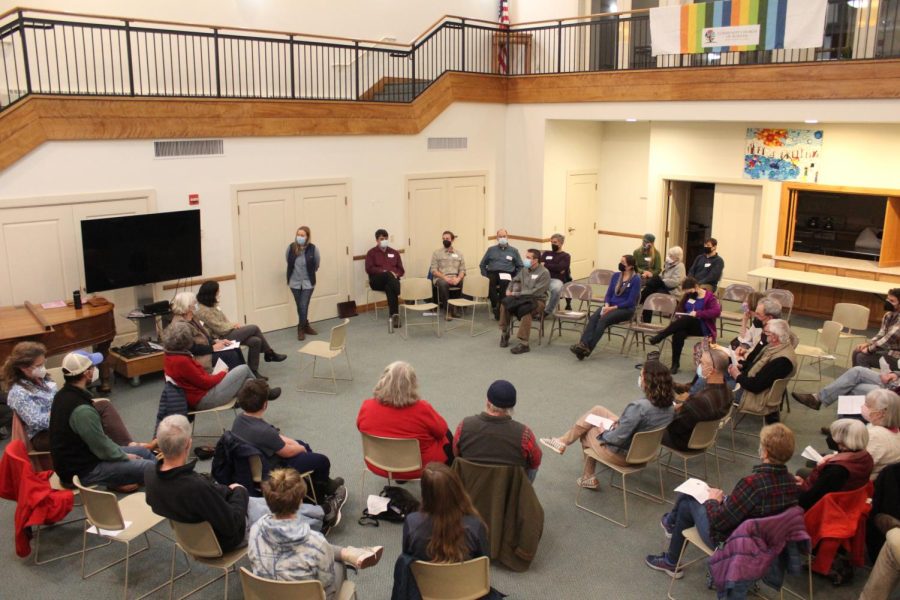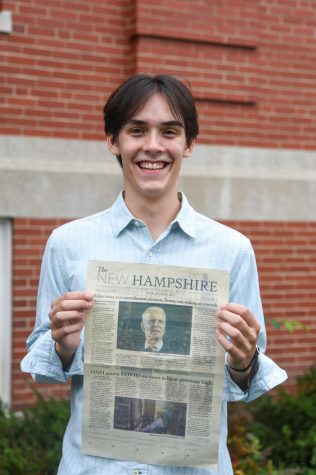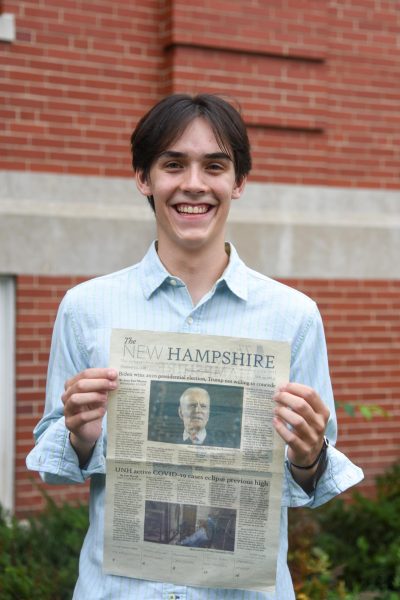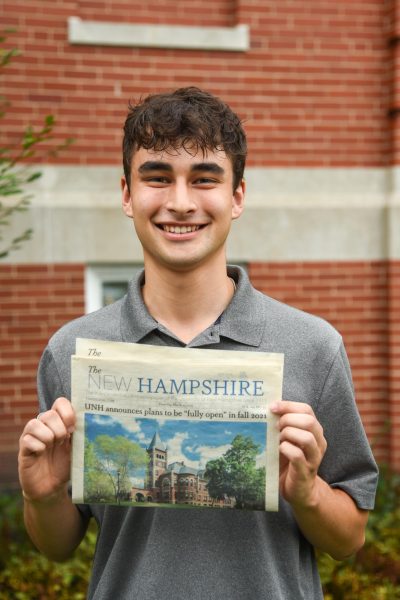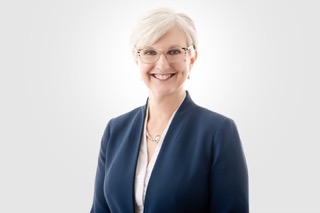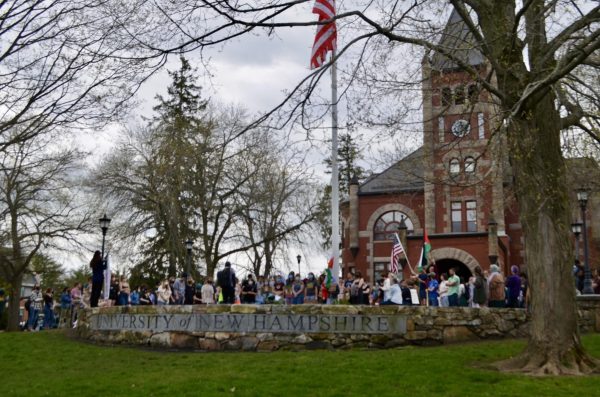Bridging community over the Mill Pond Dam
February 23, 2022
DURHAM – When fictional soccer coach Ted Lasso mistakenly quoted Walt Whitman in Apple TV’s “Ted Lasso,” he surely did not imagine his words would travel to small-town Durham, NH.
However, on the night of Thursday, Feb. 17, “be curious, not judgmental” echoed throughout the Durham Community Church’s (DCC) Fellowship Hall, where residents gathered to discuss the contentious Mill Pond Dam issue.
“We have a very lively community of folks here who are part of this church, and [many] were bothered by the acrimony surrounding the issue of the dam,” said Rev. Dave Grishaw-Jones, pastor at DCC. “So, we agreed to do something with an element of compassionate listening.”
Grishaw-Jones led the event alongside Jon Bromley, Scott Bogel, and Rachel Rouillard. All three stand on different sides: Bromley and Rouillard support removal, while Bogel is against it. The four of them planned breakout sessions for the evening, where attendees were encouraged to have a respectful discussion with people on both sides of the issue.
“No matter what happens after the vote, we still need to be a community. That’s what this was born out of, just trying to be connected and maintain connections,” said Bromley, an environmental science teacher at Oyster River High School. “This is causing tensions between neighbors and friends. Regardless of what happens, we need to remain neighbors and friends.”
The dam, originally built about 400 years ago by Valentine Hill for a sawmill, is 140 feet long and forms the 9.5 acre Mill Pond impoundment. The current iteration is classified as an Amburson-styled dam and was given as a gift to the town by Edith Onderdonk, step-daughter of Hamilton Smith, in 1913. It is also listed on the N.H. Register of Historic Places and is part of the area that makes up Durham’s Historic District, which is on the National Register of Historic Places.
Over the last decade, issues of water quality and structural integrity put the dam’s future in doubt, and several town-funded studies have been conducted to explore potential solutions.
“The state of New Hampshire has given us two certificates: that the Mill Pond is an impaired water body and that the dam is a deficient structure,” said Kitty Marple, Chair of the Durham Town Council.
The town council voted 7-2 to remove the dam in Sept. 2021, but several Durham residents successfully petitioned for the issue to come to a referendum, which is on March 8. Those in favor of dam removal desire a more free-flowing Oyster River. Those against it question how a dam-less watershed will look.
The debate has only gotten more hostile since the petition was verified, and much of the conversation today is dominated by long Facebook threads featuring quips from both sides. The DCC aimed to bring the community together at this event through the lens of compassion for your neighbor.
“There were some folks in the room who have very strong feelings and opinions about this [issue] and believe that they are right,” Grishaw-Jones said. “Everyone engaged one another and respected one another and were curious about one another’s opinions in a way that you don’t often see in politics today.”
The leadership group said they plan on holding a similar-styled session in the weeks after the election.
“No matter what happens on March 8th, there’s going to be winners and losers,” Bromley said. “We’re going to have to figure out how to move forward from that.”





















